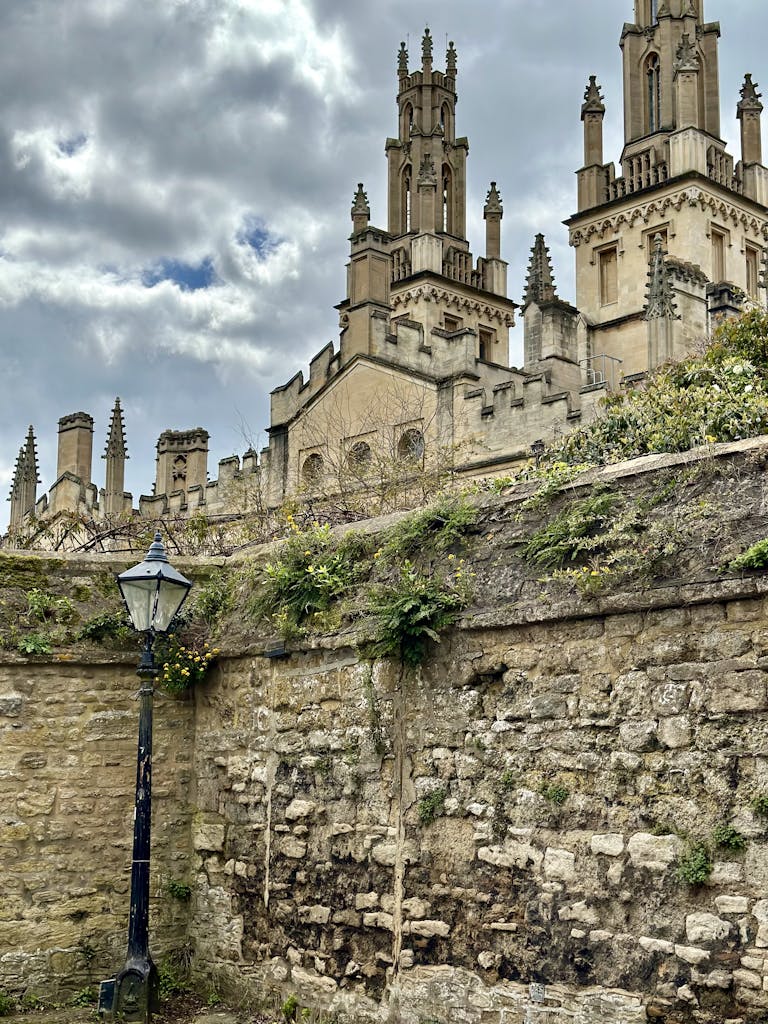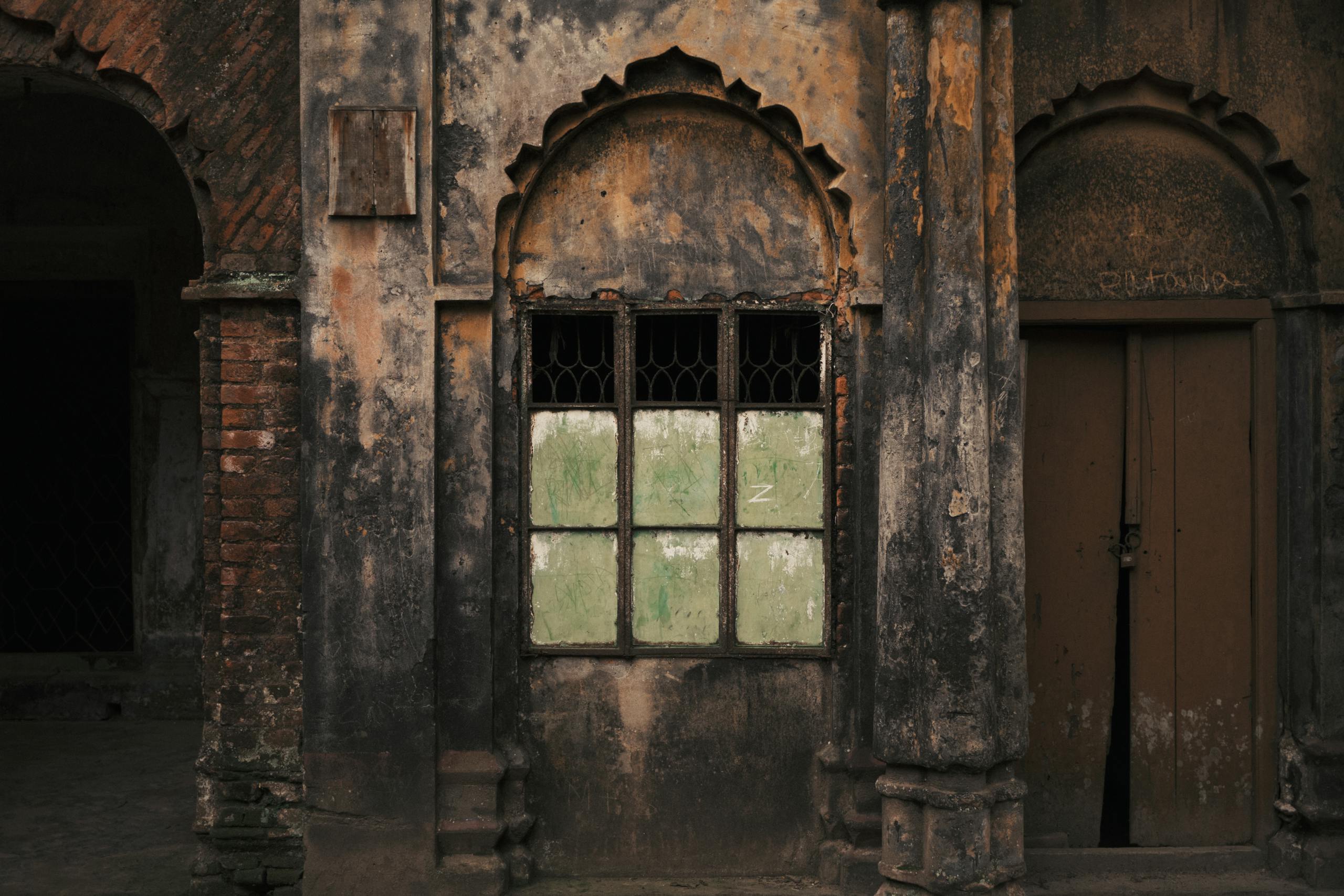In the world of architecture, we often strive for clarity, originality, and a sense of completion. Yet, some of the most powerful spaces are not born of singular visions, but rather, emerge from layered histories — structures that wear their age and adaptation with pride. This is the essence of the architectural palimpsest: buildings and urban fabrics that act like a parchment, rewritten over centuries, yet still bearing traces of what came before.
Just as ancient manuscripts were scraped and rewritten, leaving faint shadows of earlier text beneath the new, architectural palimpsests tell stories of human occupation, cultural shifts, and evolving function. In this article, we explore the concept in depth — from its theoretical grounding to examples of cities and buildings where this phenomenon defines their identity.
The Concept of the Palimpsest in Architecture
The term palimpsest originates from the Greek word “palimpsēstos,” meaning “scraped again.” Initially used to describe manuscripts where earlier writings were erased for reuse, theorists like Andreas Huyssen and Anthony Vidler have borrowed the term to describe cities and buildings where past and present coexist.
In architecture, a palimpsest is not just a ruin, nor is it a perfectly restored monument. Instead, it refers to a built environment where old elements visibly and meaningfully interact with new interventions, creating a dialogue across time.
This concept is increasingly relevant in an age of adaptive reuse, conservation, and critical heritage discourse, especially as architects move away from tabula rasa approaches in favor of contextual layering.
Reading Layers: Memory and Material
Buildings that operate as architectural palimpsests serve as containers of memory. Their walls may bear physical scars — arches infilled, windows walled off, materials patched over. Each of these marks represents a moment of change, whether from new ownership, cultural transitions, or functional reprogramming.
Consider a converted industrial building: steel beams exposed where drywall once covered them, or graffiti preserved during refurbishment. These visible decisions allow the visitor to read the structure almost like a text — a material archive of human activity.
Even subtle interventions — a change in floor tile, a mismatched facade stone, or an asymmetric cornice — can hint at the passage of time and invite viewers to contemplate the architecture as an evolving organism.
Urban Palimpsests: Cities Written Over Time
Cities themselves can act as palimpsests, particularly those with long, complex histories. Rome, Istanbul, Jerusalem — all examples where ancient infrastructure lies beneath modern roads, where Byzantine churches have been transformed into mosques, and where public spaces shift functions but not always shape.
In such urban contexts, layers of time are not just aesthetic; they define land ownership, social memory, and political identity. They reflect how a city adapts to trauma, growth, or decline.
In post-industrial cities like Detroit or Leipzig, the palimpsest is not about ancient ruins, but about 20th-century factories reimagined as cultural venues — the traces of economic shifts inscribed into the urban skin.

Contemporary Approaches to Design as Palimpsest
Some architects deliberately embrace the concept of the architectural palimpsest in their work, designing with a sensibility for what was, rather than erasing it.
1. Caruso St John Architects – Newport Street Gallery, London
Here, a former scenery painting workshop was transformed into an art gallery. The new additions echo the original industrial language, while making clear what is new — a balance of continuity and rupture that exemplifies palimpsest thinking.
2. OMA – Fondazione Prada, Milan
A cluster of early 20th-century distillery buildings was partially preserved and inserted with stark new elements — golden towers, concrete galleries — that neither dominate nor hide the old. The contrast becomes the narrative.
3. David Chipperfield – Neues Museum, Berlin
Rather than restore the bomb-damaged museum to a false past, Chipperfield chose to repair it with restraint. Missing pieces are filled with modern material, but the original textures and fragments remain visible. The building acknowledges its history without romanticizing it.
Ethics of Layering: Preservation vs. Expression
Engaging with architectural palimpsests is not simply a stylistic choice — it requires ethical sensitivity. Should all traces be preserved? When is it appropriate to insert new elements? How do you respect one era without fetishizing it or overwriting others?
These questions are central to postcolonial architecture, urban regeneration, and even post-conflict reconstruction. In Beirut, Sarajevo, or Warsaw, architects must negotiate between healing, remembering, and moving forward. The palimpsest becomes both a political and design tool.
Palimpsests and the Digital Age
In our era of digital modeling and parametric design, it might seem that palimpsests are obsolete — that clean digital files leave no room for inherited messiness. But even in digital architecture, concepts like trace, overwrite, and residual geometry appear.
Moreover, some contemporary designers use data overlays, projection mapping, and augmented reality to simulate palimpsests in real-time — creating digital memory layers over physical space. The palimpsest is not dead — it has evolved.
Conclusion: Towards a New Authorship
In embracing the architectural palimpsest, we move away from the idea that buildings are authored once, by one hand. Instead, we accept that architecture is a process, and time is a collaborator.
Designing with this mindset means honoring existing traces, inserting respectfully, and allowing new layers to emerge. In doing so, architecture becomes more than shelter or spectacle — it becomes a living document, co-authored by generations.

Pingback: Memorial Architecture: Designing with Absence and Loss
Comments are closed.